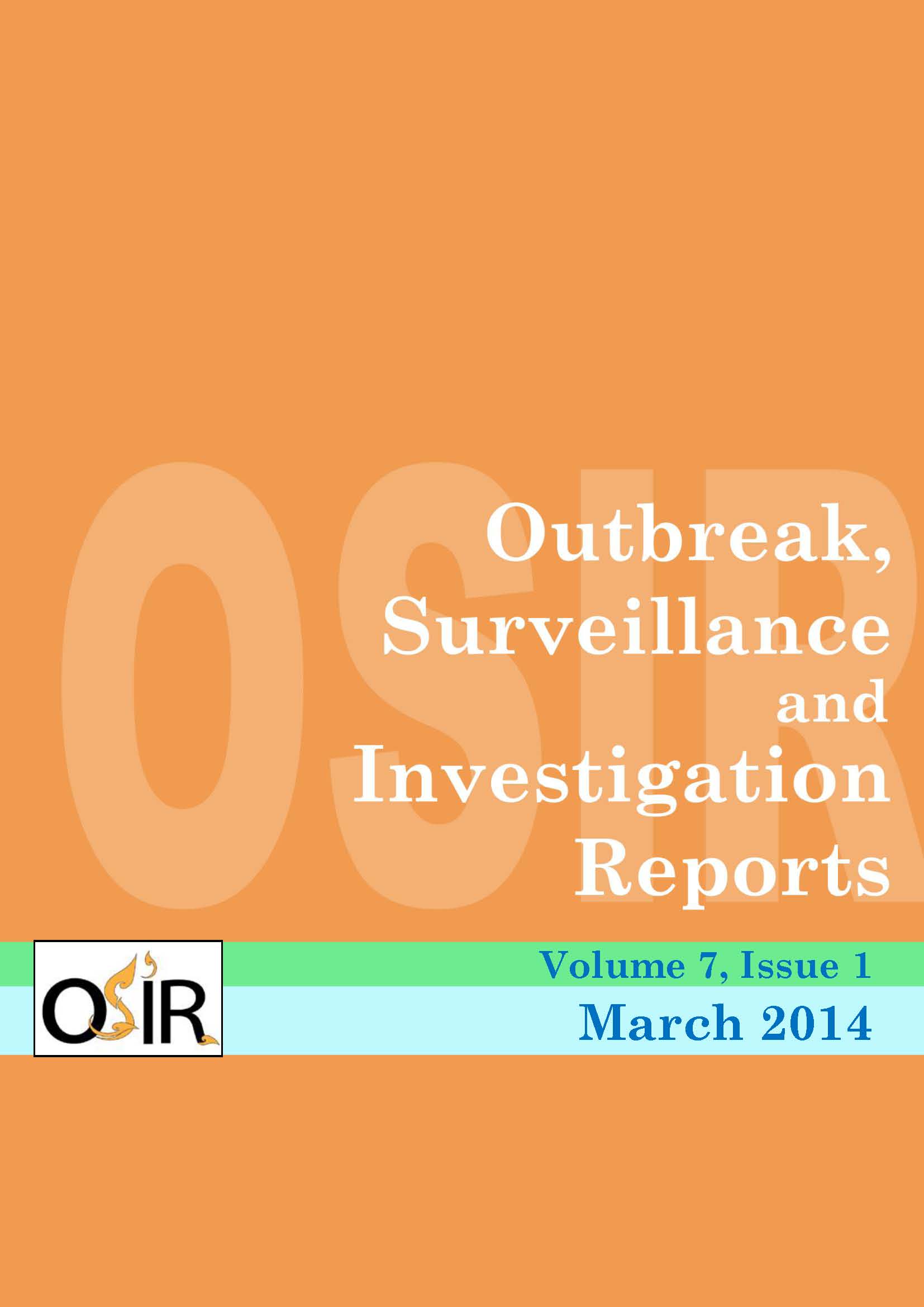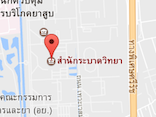Risk Factors of Lymphatic Filariasis in West Sumatera Province, Indonesia, 2010
Main Article Content
Abstract
Lymphatic filariasis (LF) has long been endemic in Indonesia. Agam District is an endemic area for LF in West Sumatera. We conducted a case-control study and performed spatial analysis to assess distribution and risk factors for filariasis in affected community. Data were collected by direct interview, household observation and geo-coordinate capture of their houses by global positioning system. Risk factors for filariasis were estimated by bivariate and multivariate analysis. Spatial analyses by GeoDa (spatial significant), SaTScan (clustering poisson model) and Excel Discalc (distance) were used as tools for mapping. Total 91 cases, including 51 elephantiasis, were identified. Most cases (56%) were from Tiku Sub-district, with median age 45 years (range 10-80 years). Living near a palm plantation (<100 meter) (p-value=0.002, OR (95%CI) = 11.5 (2.56-45.89)), and not using ventilation net (p-value = 0.023, OR (95%CI) = 9.0 (1.21-26.42)), or bed net (p-value = 0.002, OR (95%CI) = 2.1 (2.45-2.79)) were strongly associated with LF. Spatial analysis found significant clustering in one area with 15 cases (16.5%) at elevation between 400-700 meters above the sea level.
Keywords: lymphatic filariasis, risk factors, GIS, clustering
Keywords: lymphatic filariasis, risk factors, GIS, clustering
Article (English)
Article (Indonesia)
Article Details
How to Cite
JONTARI, Hutagalung et al.
Risk Factors of Lymphatic Filariasis in West Sumatera Province, Indonesia, 2010.
OSIR Journal, [S.l.], v. 7, n. 1, p. 9-15, nov. 2016.
ISSN 2651-1061.
Available at: <http://www.osirjournal.net/index.php/osir/article/view/42>. Date accessed: 24 apr. 2024.
Section
Articles


